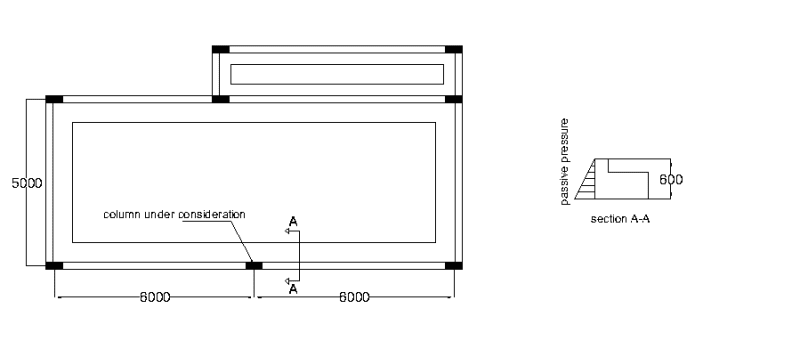Eng.Abdulla95
Structural
- Jun 5, 2019
- 12
Hi, I am new structural engineer
I have been wondering about lateral stability of structures for few months now. In the foundations we tend to make provision of tie beams to support the bottom of columns laterally, but I think it is redundant in some cases.
consider a case of column with continues reinforced strip footing and ground beam in one direction so the column is effectively tied in one direction, but not on the perpendicular direction. The building is a 2 to 3 stories villa.
Now, can we consider the lateral earth pressure of about 0.6 m deep foundation to support the column in the other direction?
Please find the attached drawing to illustrate the Idea.

I have been wondering about lateral stability of structures for few months now. In the foundations we tend to make provision of tie beams to support the bottom of columns laterally, but I think it is redundant in some cases.
consider a case of column with continues reinforced strip footing and ground beam in one direction so the column is effectively tied in one direction, but not on the perpendicular direction. The building is a 2 to 3 stories villa.
Now, can we consider the lateral earth pressure of about 0.6 m deep foundation to support the column in the other direction?
Please find the attached drawing to illustrate the Idea.

